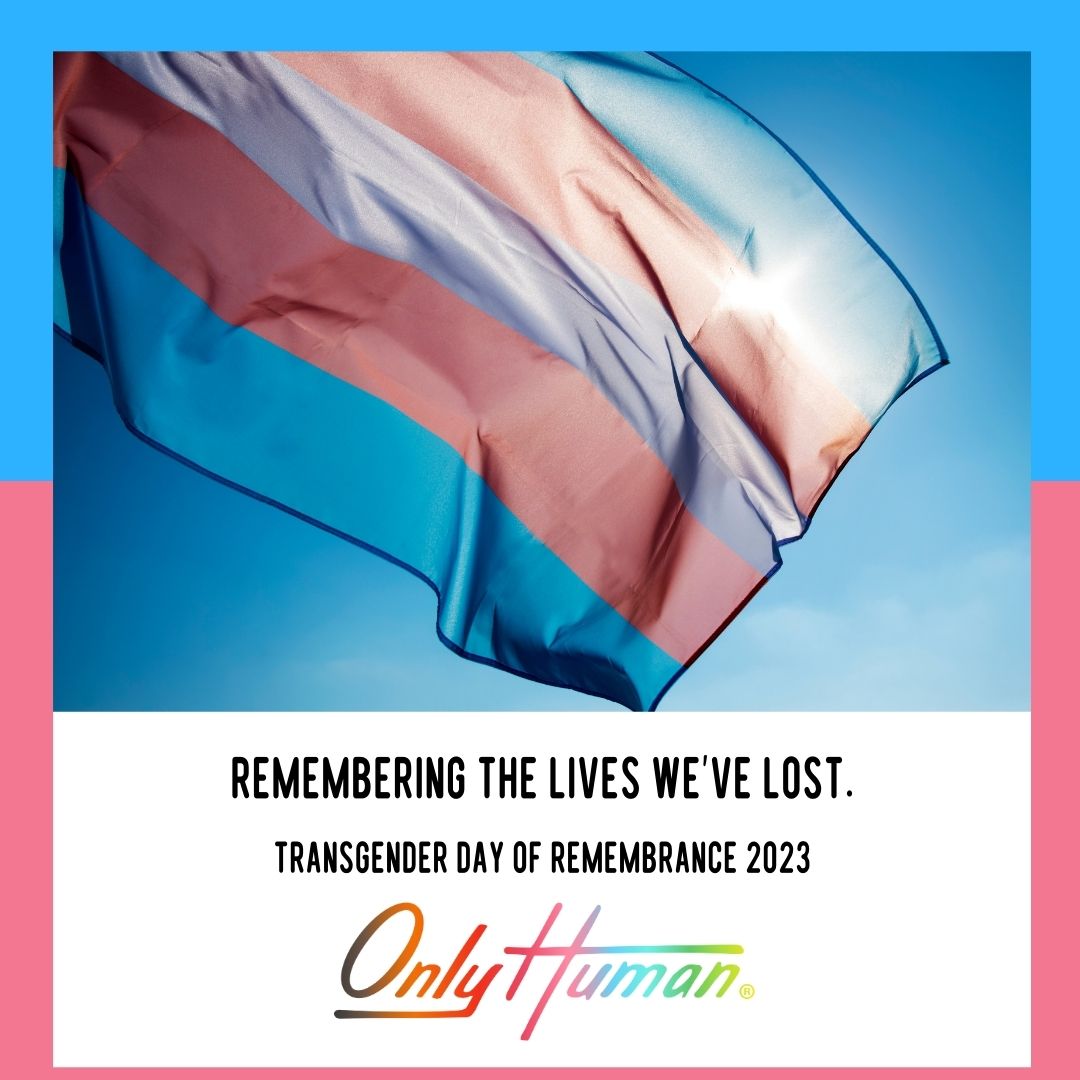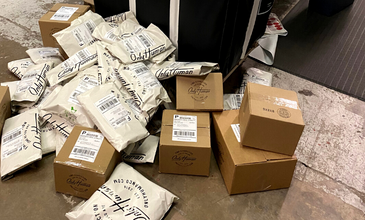Sustainability Tips From Cassie & Alexa

MEET CASSIE (SHE/THEY) & ALEXA (SHE/HER): SUSTAINABLE-ISH LIVING
SUBMITTED AS PART OF OUR I'M WITH HER CAUSE CAMPAIGN. READ MORE →
First Tip: Do your best and learn as you go!
Food Miles = environmental impact of foods and their ingredients based on how far they have to travel to get to you and the method of transportation.
Check out a food miles calculator here.
Food-Miles and the Relative Climate Impacts of Food Choices in the United States.
Weber and Matthews (2008) found that U.S. food carbon emissions were from the following sources:
- 84% food production
- 5 % wholesaling and retailing food
- 11% transporting food
Depending on the food group there is a large range in greenhouse gas emissions.
- Red meat is around 150% more greenhouse gas intensive than chicken or fish.
- Shifting less than 1 day per week’s worth of calories from red meat and dairy products to chicken, fish, eggs, or a vegetable-based diet achieves a greater greenhouse gas reduction!
Dietary shifts may be a more effective means of lowering your average household’s food-related climate footprint!
Some Ideas for Gardening
- Start a garden! It doesn’t even have to be in the ground!
- Hydroponic farm stand
- All water is reused and extremely efficient - no soil!
- Runs on a timer depending on the temperature.
- Garden bags to grow root vegetables.
- Indoor aerogardens
Global seed saving missions when vegetables and herbs are going extinct!
You can get compostable bags that you just throw in with it and they break down.
The Simplified and Short Science Behind Composting
Microorganisms (bacteria and fungi) digest the materials and help things to decompose. They need 4 things: a source of energy (carbon - brown matter), a source of protein (nitrogen - green matter), oxygen, and moisture.
**Understand the balance of greens to browns so you don’t end up with mush!**
- Brown matter (leaves, saw, newspaper, peanut shells) = carbon-rich
- Green matter (grass, veggie scraps, fruit, coffee grounds, food, garden waste) = nitrogen-rich
- Ratio 30:1 [Carbon (brown) : Nitrogen (green)] - If the C:N ratio is too high (too much carbon), decomposition slows down. If the C:N ratio is too low (too much nitrogen), it’s going to be super stinky.
You can find out more here.
Quick swaps to be more sustainable:
- Silicon bowl/pot covers - eliminates foil, plastic wrap, and the need for annoying tupperware.
- Swedish Dish Towels - eliminates paper towels, but if you do need those paper towels around, you can grab some bamboo paper towels.
- You can wash them in the dishwasher!
Sustainable living products that Cassie & Alexa love!
Sustainable Companies Cassie & Alexa love:









